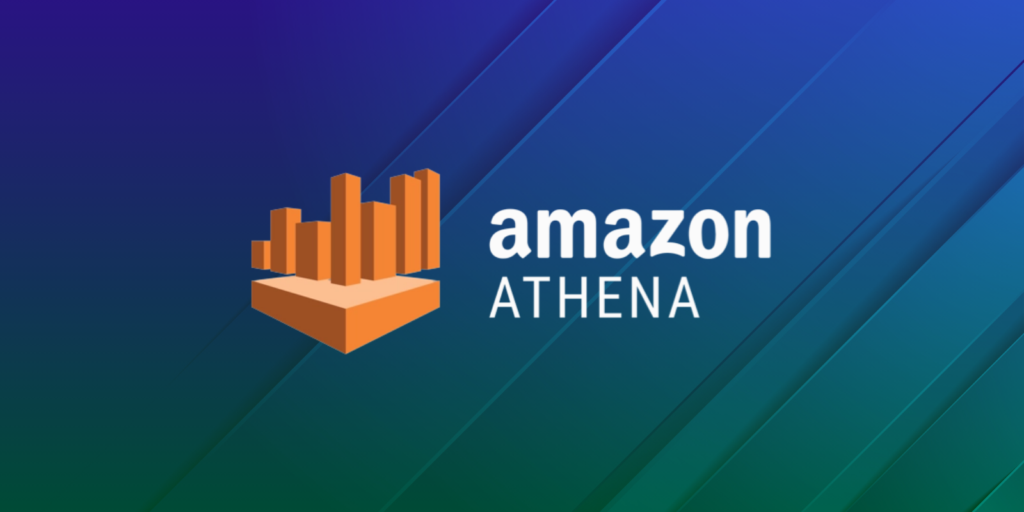Amazon Athena is a serverless analytics service that lets you query data directly from Amazon S3 using standard SQL. No infrastructure to set up, no servers to manage, and no upfront costs. It is a top solution for teams who want to analyze data without the overhead of traditional data warehouses.
At first glance, Athena pricing seems simple, but it can get complicated fast. The service charges per terabyte of data scanned, and that means every query has a direct impact on your bill.
Let’s talk about the real deal on Amazon Athena pricing. No fluff, just facts. From per-query charges to sneaky hidden fees, this guide breaks it all down with expert tips to keep your costs low and your queries fast. If you’re using Athena (or thinking about it), consider this your cheat sheet.
Amazon Athena Pricing Explained
On paper, Athena’s pricing is as simple as it gets. You pay $5 per terabyte of data scanned. That’s rounded up to the nearest megabyte. No servers, no hourly rates, no provisioning. You run a query, it scans your data, and you’re billed based on how much it touched.
Here is where things get interesting and expensive:
Every query is subject to a minimum 10MB scan, even if your actual result is smaller. And because you’re billed on data scanned, not returned, the way your query is written has a direct impact on the cost.
A sloppy SELECT that scans every column? You’ll pay for all of it.
A query that hits uncompressed CSVs? Your scan volume goes up, and so does your bill.
It’s not about how many queries you run. It’s about how smart each one is.
In short, Athena rewards efficiency. The more focused your query and the cleaner your data format, the less you pay. If you ignore that, you’re not using Athena; you’re just burning through your budget.
Core Pricing Models
Athena does not box you into a one-size-fits-all plan. Instead, it offers flexible pricing models that scale with your usage, whether you’re running a few queries a week or powering real-time dashboards every hour.
Here’s a breakdown of the three primary pricing options and when to use each:
| Pricing Model | Cost | Billing Details | Best For |
| Pay-Per-Query | $5 per TB scanned | Rounded to the nearest MB (10MB minimum) | Irregular or ad-hoc queries |
| Provisioned Capacity | $0.30 per DPU hour | Billed per minute1 DPU = 4 vCPUs + 16 GB RAM | High-volume, consistent workloads |
| Apache Spark for Athena | $0.30 per DPU hour | Same as provisioned capacity | Interactive analytics Large scale data |
The key is understanding which model matches your workload. If you pick the right pricing model for your setup, Athena becomes one of the most cost-efficient tools in your stack.
Real-World Pricing Scenarios
Let’s move from theory to reality. Athena’s pricing sounds simple, but the way you structure your data and write your queries means the difference between a manageable bill and a runaway budget.
Here’s how it plays out in real-world use cases:
Scenario A: Querying Raw Data
A common mistake when using Amazon Athena is running queries on raw, uncompressed data. For example:
- Data Size: 5TB (uncompressed)
- Number of Queries: 10
- Cost: $5 x 5TB x 10 = $250
Running just 10 queries on 5TB of unoptimized data can cost $250 right off the bat. Why? Because Athena charges per terabyte scanned. When your data is not optimized, every query scans more than it should.
Avoid the “just get it working” approach since it only bleeds money at scale.
Scenario B: Using Compression + Columnar Format
If you want to think like a pro, compressing your data and switching to a columnar format like Parquet can dramatically let you save more. Here’s how it plays out:
- Compressed Size: ~1.67TB (3:1 ratio)
- Data Scanned per Query: 0.55TB (only relevant columns in Parquet format)
- Cost: $5 x 0.55TB x 10 = $27.50
Just by using compression and a smarter data format, the cost drops from $250 to $27.50 that’s an 89% savings. Same data, same results, but way less scanned. This is what efficient, cloud-native thinking looks like. It takes a bit of effort upfront, but it pays for itself almost instantly.
Scenario C: Recurring Queries Over a Year
Even with optimized data, recurring queries can add up. Let’s break it down:
- Daily Queries: 10
- Data Scanned per Query: 0.55TB
- Annual Cost: $5 x 0.55 x 10 x 365 = $10,137.50
Optimized or not, frequent querying delivers real cost. However, without the improvements in Scenario B, you’d actually be looking at over $30,000 yearly. That’s why optimization is a must if you plan to scale.
Athena Performance Limits You Should Know
Athena might be serverless, but it’s not limitless. Hard caps are built into the system. They’ll quietly choke performance and drive up costs if you don’t account for them.
Below are the key limits that every serious user should be tracking:
If you’re hitting any of the limits above, it’s not just a scaling issue. It’s a red flag. Your architecture may need a tune-up, so you should fix it as soon as possible.
Monthly Cost Breakdown
Want to get a handle on what Athena might cost your team each month? Here’s a snapshot of real-world usage levels and what those numbers look like when the bills come in:
| Usage Level | Queries/Month | Avg Scan/Query | Total Scanned | Estimated Cost |
| Light | 100 | 100 GB | 10 TB | $50 |
| Moderate | 500 | 300 GB | 150 TB | $750 |
| Heavy | 3,000 | 500 GB | 1,500 TB | $7,500 |
Did you notice something? The number of queries isn’t the issue. What truly drives the cost is the amount of data each query interacts with. If you can optimize that, you’ll see your costs drop quickly!
If you’re running frequent queries, optimizing how much data gets scanned is non-negotiable. Even shaving off 100GB per query can translate into thousands saved annually.
| Pro Tip To get a clearer view of Athena’s actual costs, use the AWS Pricing Calculator. It will give you a personalized breakdown to help you make better budget plans. |
How to Lower Athena Costs
Athena can be cost-effective, but only when you use it right. Want lightning-fast queries without jaw-dropping bills? Here’s how to keep performance high and costs low:
- Use Columnar Formats like Parquet or ORC: Still using CSV or JSON? You’re overpaying. Columnar formats let Athena scan just the columns you need less data scanned means faster queries and lower costs.
- Compress Your Data with Snappy or Zlib: Compression shrinks file size, which cuts both storage costs and the amount of data Athena scans. Snappy and Zlib are fast, efficient, and easy wins.
- Get Smart with Partitioning: Partitioning helps Athena skip what it doesn’t need. Organize by date, region, event type, or whatever you filter by most. No need to scan the entire dataset for a tiny slice.
- Drop the Habit of Using SELECT: It’s easy but expensive. SELECT scans every column, even the ones you don’t use. Be precise. Only pull what you need.
- Automatically Delete Old Athena Query Results: Athena stores query results in S3 by default, and they can add up fast. Set S3 lifecycle rules to automatically delete old results to avoid silent storage creep.
- Keep Tabs on Spending with AWS Cost Explorer: Don’t fly blind. Use Cost Explorer to pinpoint heavy queries, monitor usage trends, and make informed optimizations.
- Use Athena Workgroups to Control Spending: Segment teams or projects into workgroups. Set query limits, track usage, and stay ahead of any budget surprises.
Optimizing Athena isn’t just about saving money. It’s about creating a faster, leaner data workflow. The earlier you implement these tips, the more value you’ll get from every query.
| Helpful Article Are you looking to scale this mindset across your entire cloud stack? Our cloud cost optimization guide walks you through scalable, real-world strategies beyond Athena. |
Final Thoughts
Athena allows you to run SQL queries on S3 without setting up any infrastructure. It is powerful, adaptable, and simple to use. However, failing to understand the price concept may cause your expenses to skyrocket.
The trick? Keep the queries brief. Make use of the appropriate formats. Keep an eye on utilization. Use optimal practices as soon as possible. Athena becomes an innovative, scalable, and cost-effective part of your data stack when you do.
Athena Pricing FAQs
Is Athena cost-effective?
Yes, Amazon Athena is cost-effective for ad-hoc queries. It charges $5 per terabyte of data scanned, and you pay only for the queries you run. Optimizing data storage can further reduce costs.
Is Athena cheaper than Redshift?
Athena is generally more economical for unpredictable, ad-hoc queries due to its pay-per-query model. Redshift can be more cost-effective for stable, high-volume workloads, especially with Reserved Instances.
What is the advantage of Athena?
Athena shines with its serverless setup. It allows users to run SQL queries directly on data stored on S3, all without the hassle of managing infrastructure. This makes data analysis a breeze and cuts down on the administrative workload.






